
Algebraic and geometric methods
for Diophantine problems
9-12 September, Pisa, Italy
About The Conference
This is the final meeting of the PRIN2022 project: Semiabelian varieties, Galois representations and related Diophantine problems, held jointly by the Departments of Mathematics of the Universities of Pisa and Roma 3.
Where
Aula Dini, Palazzo del Castelletto, Scuola Normle Superiore, Via del Castelletto, 11, 56126 Pisa
When
9-12 September 2025
Speakers
| Bruno Anglès | University of Caen Normandie |
| Matt Bisatt | University of Pisa |
| Irene Bouw | University of Ulm |
| Sara Checcoli | Grenoble Alpes University |
| Nirvana Coppola | University of Padova |
| Pietro Corvaja | University of Udine |
| Gabriel Dill | University of Neuchâtel |
| Wojciech Gajda | University of Poznań |
| Marc Hindry | University Diderot Paris VII |
| Céline Maistret | University of Bristol |
| Filip Najman | University of Zagreb |
| Riccardo Pengo | University of Messina |
| Ari Shnidman | Temple University |
| Michael Stoll | University of Bayreuth |
| Francesco Tropeano | Roma Tre University |
Schedule
The conference will start on the morning of September 9 and end at lunch on September 12.
Registration
Pietro Corvaja (Udine)
Coffee Break
Francesco Tropeano (Roma Tre)
Lunch
Irene Bouw (Ulm)
Coffee Break
Riccardo Pengo (Messina)
Filip Najman (Zagreb)
Coffee Break
Michael Stoll (Bayreuth)
Conjectural asymptotics of prime orders of points on elliptic curves over number fields
Lunch
Céline Maistret (Bristol)
Galois module structure of Tate-Shafarevich groups of elliptic curves
Coffee Break
Bruno Anglès (Caen)
\(\ v\)-adic Goss \(\ L\)-functions and function field units
Nirvana Coppola (Padova)
A local-global principle for quadratic twists of abelian varieties
Coffee Break
Ari Shnidman (Temple)
Lunch
Sara Checcoli (Grenoble)
Wojciech Gajda (Poznań)
Finiteness properties of torsion fields of abelian varieties
Coffee Break
Gabriel Dill (Neuchätel)
Matt Bisatt (Pisa)
Coffee Break
Marc Hindry (Paris VII)
Event Venue
Aula Dini, Palazzo del Castelletto, Scuola Normale Superiore
Via del Castelletto, 11, 56126 Pisa PI
Funding
We acknowledge the support of:
- Dipartimento di Matematica, Università di Pisa
- Dipartimento di Matematica e Fisica, Università degli studi Roma Tre
- Foundation Compositio Mathematica
- INDAM group GNSAGA
- Journal de Théorie des Nombres de Boreaux
- LYSM
- Number Theory Foundation
- PRIN 2022: Semiabelian varieties, Galois representations and related Diophantine problems
- Roman Number Theory Association
- Scuola Normale Superiore

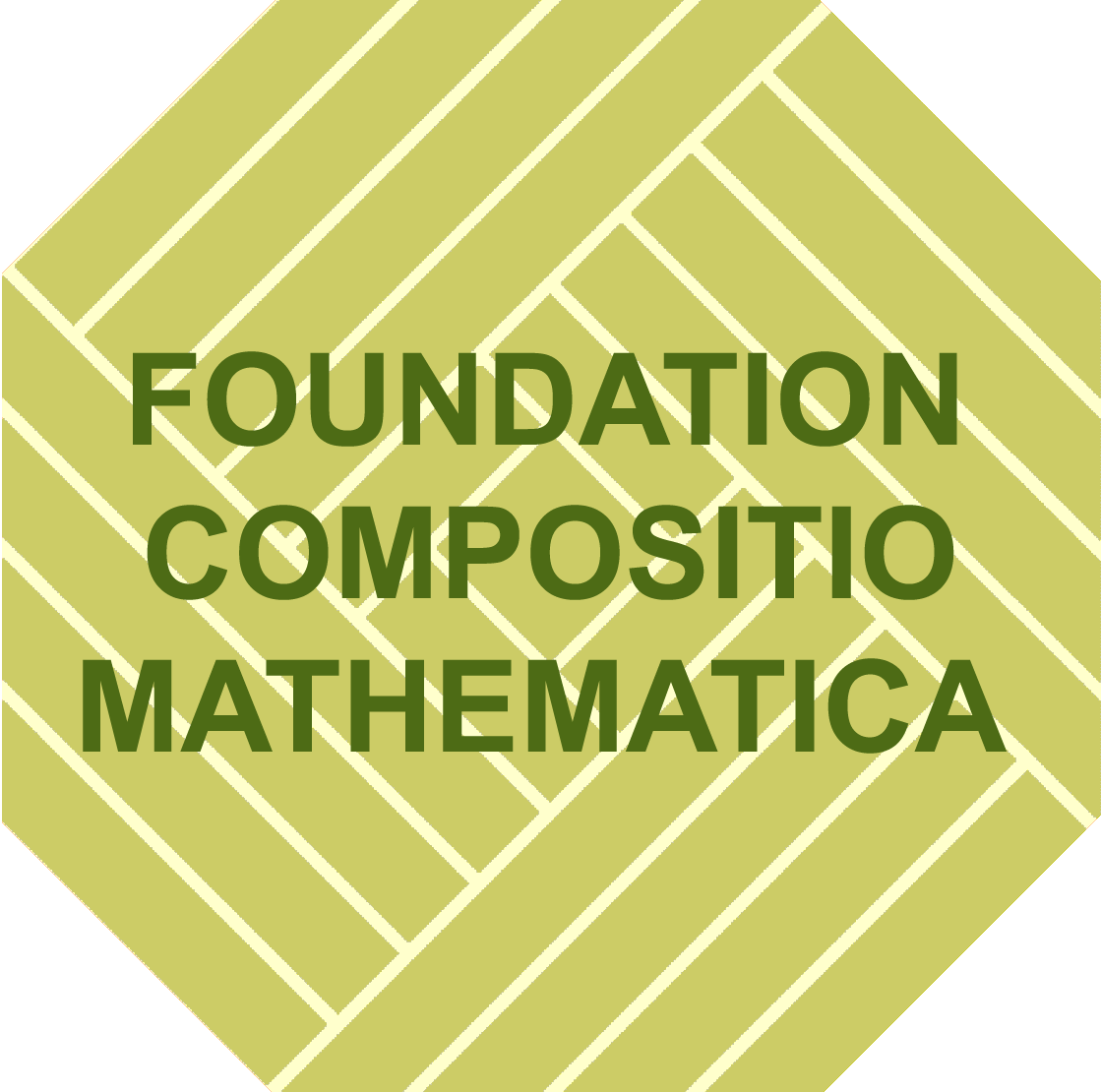



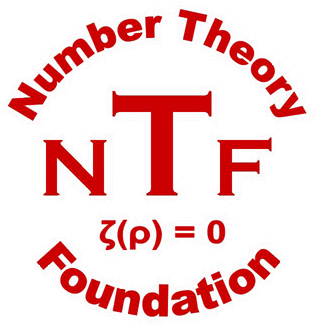
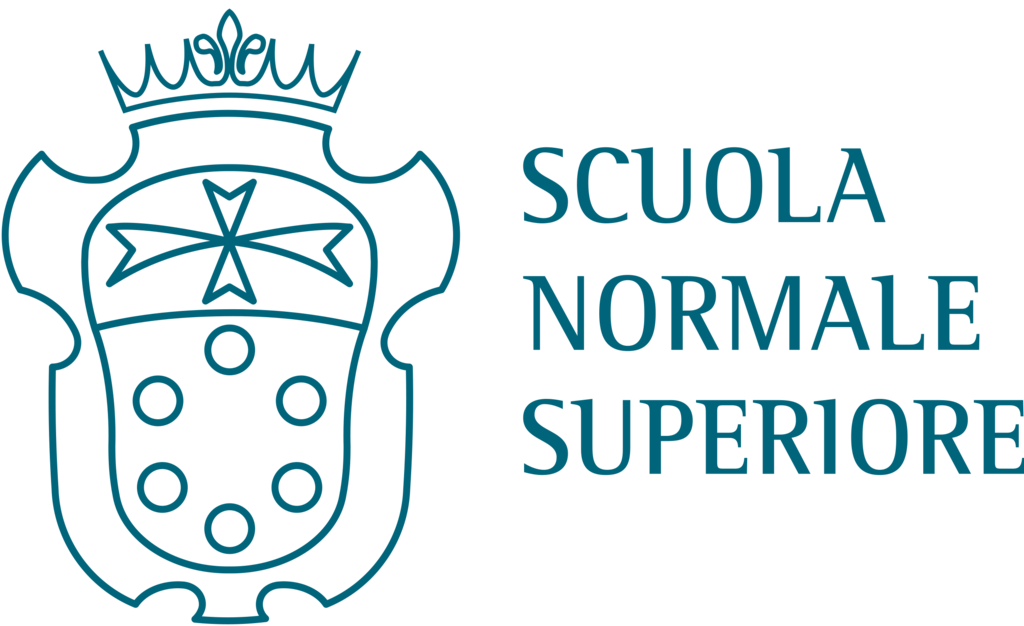
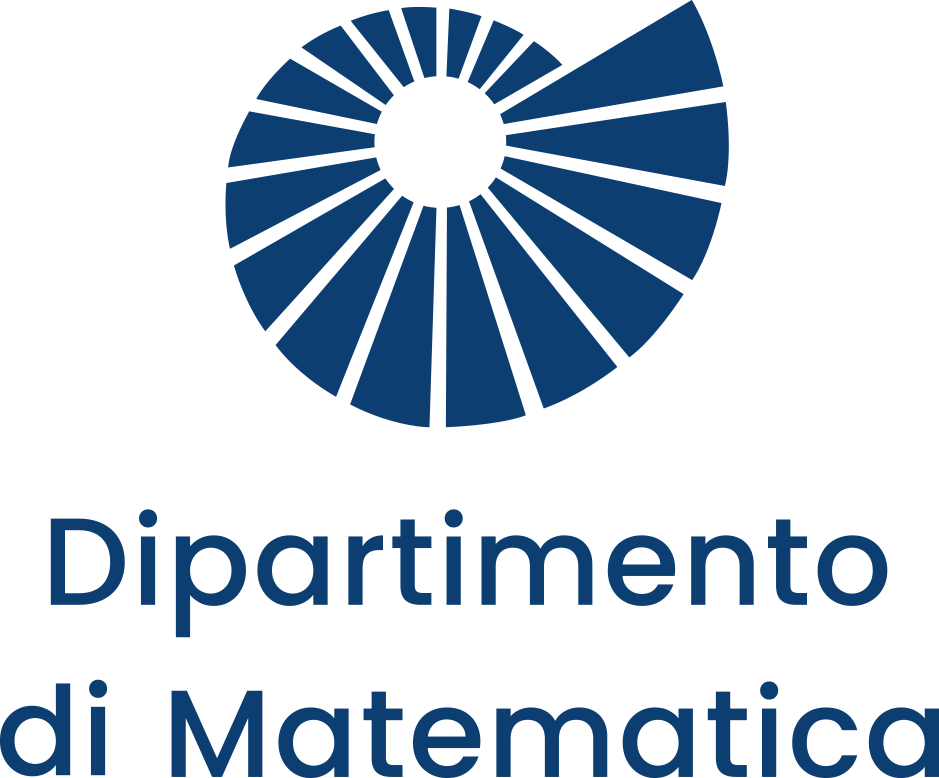

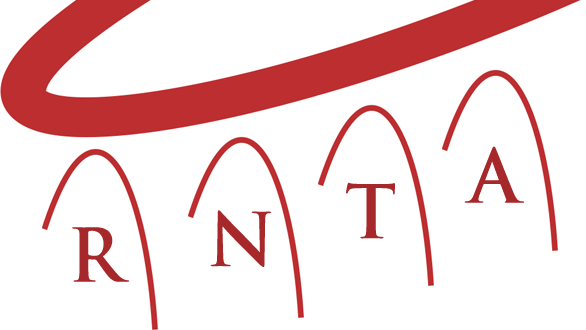
Abstracts
Bruno Anglès : \(\ v\)-adic Goss \(\ L\)-functions and function field units
In 2012 L. Taelman proved a remarkable analytic class number formula that relates the special values of \(\infty\)-adic Goss \(L\)-functions (associated to Drinfeld modules) to the \(\infty\)-adic regulator of "units". In this talk we will present recent advances (due to various authors : D. Adam, X. Caruso, L. Denis, Q. Gazda, A. Lucas ...) related to specials values of \(v\)-adic Goss \(L\)-functions where \( v\) is a finite place. A part of this talk is based on a work in progress with V. Bosser (Caen University).
Matt Bisatt: Effective open image bounds for abelian threefolds
Serre's open image theorem famously states that the p-adic representation of an elliptic curve without complex multiplication is surjective for all sufficiently large primes p. We consider the analogous statement for abelian threefolds and provide an effective and algorithmic upper bound on the largest non-surjective prime. This is joint work with Davide Lombardo.
Irene Bouw: Local Galois representations of curves and stable reduction
Let \(Y\) be a curve over a \(p\)-adic number field \(K\). In this talk I discuss an algorithm for computing the Weil-Deligne representation of \(Y\) from its stable reduction to characteristic \(p>0\). We discuss examples of superelliptic and plane curves, where it is known how to compute the stable reduction. This is joint work with Bruno, Do, Wewers, and Zhang.
Sara Checcoli: When small points have their good reasons
The height of an algebraic number is a real-valued function that measures the "arithmetic complexity" of the number. While numbers of height zero are well understood, many questions remain open regarding numbers of small height. For example, a key question is whether a given infinite algebraic extension of the rationals contains numbers of arbitrarily small (and non-zero) height. This talk will focus on situations where the answer is positive and, in particular, on the following question: in fields where small points can “obviously” be found, do these points have always "good reasons" to be small? For instance, the field generated over the rationals by all roots of 2 contains some obvious points of very small height (0, small fractional powers of 2 multiplied by roots of unity). Does it contain other small points? A very particular case of a conjecture of Rémond suggests that the answer is no. Rémond's conjecture more generally concerns the saturated closure of subgroups of finite ranks in tori and abelian varieties defined over number fields. It remains widely open and generalizes several important problems, such as Lehmer's conjecture. Recently, Pottmeyer established a necessary group-theoretical condition for the conjecture to hold and proved it in the case of tori. I will present joint work with G. A. Dill, where we extend this result by showing that the condition is also satisfied for split semi-abelian varieties (joint work with G. A. Dill).
Nirvana Coppola: A local-global principle for quadratic twists of abelian varieties
Given two abelian varieties over a number field \(K\), we say that they are quadratic twists if they become isogenous after taking a quadratic extension of the base field. We moreover say that they are (strongly) locally quadratic twists if their reduction modulo almost all primes of \(K\) (or base-change to almost all completions of \(K\)) are quadratic twists. Clearly, two abelian varieties that are globally quadratic twists will also be (strongly) locally quadratic twists. The converse is not necessarily true. In this talk I will give an overview of results and counterexamples, based on joint work with E. Ambrosi and F. Fité.
Pietro Corvaja: Sometimes effective Siegel's theorem in genus 2
Siegel's finiteness theorem for integral points on affine curves of genus >0 is, in general, not effective. In a joint work with D. Lombardo and U. Zannier, we consider families of curves of genus 2 with a single point at infinity and show that in many such families there is a dense set of fibres for which the integral points can be effectively determined. Our method is based on a criterion of Bilu and the study of the torsion values of sections of certain doubly elliptic abelian schemes.
Gabriel Dill: Likely intersections in powers of the multiplicative group.
In the last quarter-century, intersections that are deemed to be “unlikely” for dimension reasons have been proved to deserve their name in various contexts, ranging from intersections with algebraic subgroups of powers of the multiplicative group to intersections with special subvarieties of moduli spaces of abelian varieties. In my talk, I will report on joint work with Francesco Gallinaro, where we show that, in a power of the multiplicative group, also intersections with algebraic subgroups that are deemed to be “likely” for dimension reasons deserve their name in the sense that they are almost never empty as soon as we assume a mild technical condition, satisfied for example by all algebraic curves which are not contained in a coset of a proper subtorus. This is also related to Zilber's Exponential Algebraic Closedness Conjecture.
Wojciech Gajda: Finiteness properties of torsion fields of abelian varieties
Let \(A\) be an abelian variety defined over a field K. We study finite generation properties of the profinite group \(Gal(K_\text{tor}(A)/K)\) and of certain closed normal subgroups thereof, where \(K_\text{tor}(A)\) is the torsion field of \(A\) over \(K\). In fact, we establish more general finite generation properties for monodromy groups attached to smooth projective varieties via étale cohomology. We apply this in order to give an independent proof and generalizations of a result of Checcoli and Dill about small exponent subfields of \(K_\text{tor}(A)/K\) in the number field case. We also give an application of our finite generation results in the realm of permanence principles for varieties with the weak Hilbert property. This is a report on a joint work with Sebastian Petersen.
Marc Hindry: Integral points on a family of elliptic curves
The original problem is to find natural integers which are product of two consecutive integers and product of three integers consecutive in an arithmetic progression with common difference "a". We study in fact the set of integral points on the elliptic curve \(y^2+y=x^3-a^2x\) where \(a\) is a fixed positive integer. The problem can be studied via factorisation in the relevant cubic fields for certain values of a (Mordell, Godinho-Porto-Togbé, Lee-Louboutin). We show that using Diophantine arithmetic of elliptic curves (Archimedian uniformisation, reduction modulo p, Néron-Tate heights, linear forms in elliptic logarithms) completed with computer assisted calculations, yields a much clearer and complete picture: the rank of the elliptic curve is at least 2 (for a greater or equal to 2) and when the rank is two we obtain a complete description of the set of integral points. Joint work with Hemar Godinho and Diego Marques (UnB, Brasil).
Céline Maistret: Galois module structure of Tate-Shafarevich groups of elliptic curves
For an elliptic curve \(E/ \mathbb{Q}\), computing its Tate-Shafarevich group is a fundamental but hard problem. Assuming its finiteness, the Birch and Swinnerton-Dyer conjecture (BSD) provides a formula for its size in terms of the special value of the L-function of \(E/\mathbb{Q}\) and some arithmetic invariants of the curve. If \(K/\mathbb{Q}\) is a Galois extension, one can ask if a BSD-like formula can be used to link the Galois module structure of the Tate-Shafarevich group of \(E/K\) to the special value of the twisted L-function of \(E/\mathbb{Q}\) by an Artin representation associated to \(K/\mathbb{Q}\). In this talk, I will present a joint work with Himanshu Shukla, where we give an explicit conjecture for such a link in the case of primitive Dirichlet characters and provide numerical verifications obtained via 11-descent procedures over \(C_5\)-extensions.
Filip Najman: Isolated points on modular curves
Isolated points on curves are, informally, points whose existence is not explained by the geometry of the curve. There has been considerable recent progress in understanding isolated points on modular curves. In this talk, we will survey some known results and sketch the proofs of several new ones. We also introduce the notion of twist isolated points and describe the advantages this framework has for describing unexpected rational points on modular curves. This is joint work with Maarten Derickx.
Riccardo Pengo: Mahler measures in algebra, geometry, analysis and beyond
The Mahler measure of a polynomial is one of the most basic forms of height. In this talk, we will explore its various links with Iwasawa theory of curves, knots and graphs (based on joint work with Daniel Vallières), with dynamical systems and the analytic properties of the toric locus of a polynomial (based on joint work with François Brunault, Antonin Guilloux and Mahya Mehrabdollahei) and, most importantly, with special values of L-functions (based on joint work with François Brunault).
Ari Shnidman: Selmer groups and applications
I'll discuss two recent results whose proofs use Selmer groups of hyperelliptic curves. The first is our recent resolution (with Alpoge, Bhargava, and Ho) of Hilbert's tenth problem over any ring of integers \(\mathcal{O}_K\), showing that there is no algorithm to determine solubility of diophantine equations over \(\mathcal{O}_K\). The second result (with Siad) is a rare instance of the Cohen-Lenstra-Martinet heuristics, in this case for cubic Kummer extensions. Our proof leads to a refined heuristic for the behavior of the 2-part of the class group in families of odd degree number fields.
Michael Stoll: Conjectural asymptotics of prime orders of points on elliptic curves over number fields
Define, for a positive integer \(d\), \(S(d)\) to be the set of all primes \(p\) that occur as the order of a point \(P \in E(K)\) on an elliptic curve \(E\) defined over a number field \(K\) of degree \(d\). We discuss how some plausible conjectures on the sparsity of newforms with certain properties would allow us to deduce a fairly precise result on the asymptotic behavior of \(\max S(d)\) as \(d\) tends to infinity. This is joint work with Maarten Derickx.
Francesco Tropeano: Relative monodromy of ramified sections on abelian schemes
We study a complex abelian scheme equipped with a section, analyzing the group of algebraic sections via the notion of abelian logarithm. While such logarithms are locally defined on the base, the obstruction to their global extension is captured by the integral relative monodromy group associated with the section. We establish results concerning the size of this monodromy group, with particular attention to its connection to the ramification behavior of the section. Under suitable hypotheses, the non-triviality of the relative monodromy is shown to be equivalent to the section being non-torsion. This is joint work with P. Dolce (Westlake University) and extends earlier results of Corvaja and Zannier in the context of elliptic surfaces. Related questions have also been recently investigated by Y. André using Hodge-theoretic methods.
Participants
| Lorenzo Andreaus | Université Paris Cité |
| David Kurniadi Angdinata | London School of Geometry and Number Theory |
| Bruno Anglès | Université de Caen Normandie |
| Danilo Avaro | Università degli Studi di Roma "La Sapienza" |
| Edwina Aylward | University College London |
| Andrea Bandini | Università di Pisa |
| Fabrizio Barroero | Università degli studi Roma 3 |
| Riccardo Bernardini | Università degli Studi di Roma "La Sapienza" |
| Matthew Bisatt | University of Bristol |
| Irene Bouw | University of Ulm |
| Laura Capuano | Roma Tre University |
| Sara Checcoli | Grenoble |
| Giacomo Cherubini | INdAM |
| George Cooper | Scuola Normale Superiore (Pisa) |
| Nirvana Coppola | University of Padova |
| Pietro Corvaja | University of Udine |
| ILaria Cruciani | Università degli studi Roma Tre |
| Davide De Leo | Università della Calabria |
| Ilaria Del Corso | University of Pisa |
| Antonio Di Nunzio | Université de Caen Normandie |
| Gabriel Dill | University of Neuchatel |
| Vladimir Dokchitser | University College London |
| Luca Ferrigno | Roma Tre University |
| Wojciech Gajda | University of Poznan |
| Andrea Gallese | Scuola Normale Superiore |
| Francesco Gallinaro | Università di Pisa |
| Hilel Garmi | Hebrew University of Jerusalem |
| Holly Green | University of Bristol |
| Marc Hindry | Paris Nord Sorbonne université |
| Sumandeep Kaur | Shanghai University |
| Davide Lombardo | University of Pisa |
| Tommaso Lucantoni | Università di Pisa |
| Elvira Lupoian | University College London |
| Martin Lüdtke | MPIM Bonn |
| Celine Maistret | University of Bristol |
| Domenico Marino | Università di Pisa |
| Júlia Martínez-Marín | University of Bristol |
| Luca Mauri | Università di Pisa |
| Francesco Minnocci | University of Pisa |
| Diana Mocanu | Max Planck Institute for Mathematics Bonn |
| Boaz Moerman | Utrecht University |
| Alexander Molyakov | Leiden University |
| Arup Mondal | Indian Institute of Science Education and Research |
| Adam Morgan | University of Cambridge |
| Leonard Mushunje | Columbia University |
| Filip Najman | University of Zagreb |
| Wim Nijgh | Leiden University |
| Nicola Ottolini | Università di Roma Tor Vergata |
| Laura Paladino | Università della Calabria |
| Riccardo Pengo | University of Messina |
| Alberto Perelli | Universita' di Genova |
| Bo Rao | Paris Nord Sorbonne université |
| Chemikh Smail | USTHB |
| Soumya Sankar | Utrecht University |
| Sreevatsa Sasisekar | RPTU Kaiserslautern |
| Ari Shnidman | Temple Unversity |
| Chirag Singhal | University of Illinois Chicago (UIC) |
| Harry Spencer | University College, London |
| Michael Stoll | Bayreuth University |
| Valerio Talamanca | Roma Tre University |
| Lea Terracini | Università di Torino |
| Francesco Tropeano | Roma Tre University |
| Ric Jr Tura | Ateneo de Davao University |
| Amos Turchet | Roma Tre University |
| Madhavan Venkatesh | IIT Kanpur |
| Stefan Wewers | Ulm University |
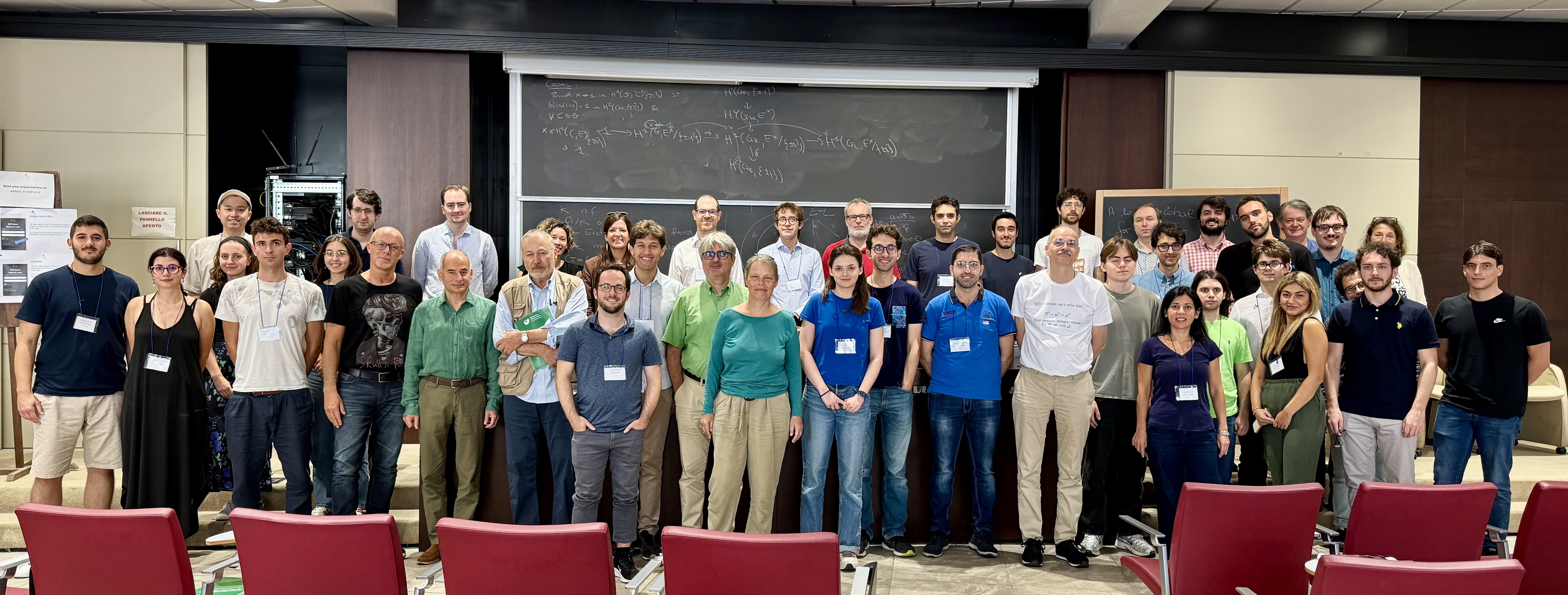
Organizers
- Andrea Bandini
- Ilaria Del Corso
- Davide Lombardo
University of Pisa
- Fabrizio Barroero
- Laura Capuano
- Valerio Talamanca
- Amos Turchet